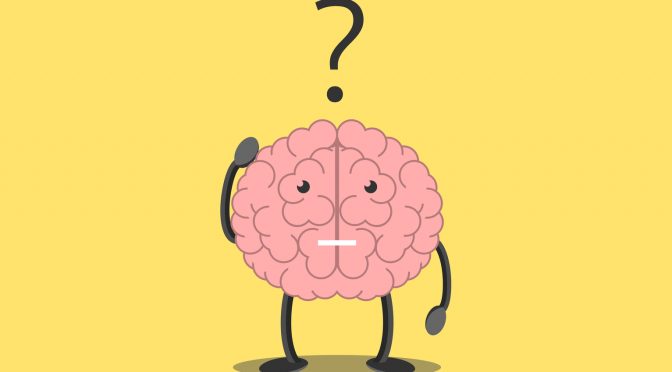Reading tools play a vital role in enhancing comprehension and recall by providing structured support that allows readers to engage more deeply with the material. These tools cater to different learning styles, allowing individuals to use strategies that simplify complex concepts and enhance understanding. By focusing on reading smarter rather than harder, learners can be more efficient. Techniques like summarizing key points, using visual aids, and setting specific goals streamline the reading process and improve information retention.
Some tools that can assist are:
Reading Strips
Reading strips provide visual guidance to improve focus and help minimize distractions, allowing readers to track their progress. They foster efficient reading by ensuring that individuals remain engaged with the material, enhancing overall comprehension. Whether used by students or professionals, reading strips serve as a valuable aid for maintaining attention and improving reading flow.
MemoryMark
MemoryMark is a reading tool designed to support the memorization of key details and concepts. It encourages active engagement through practical techniques that reinforce important information. By breaking down material into manageable segments, MemoryMark facilitates a deeper understanding of the content. Users can practice recalling information more effectively, leading to better retention.
e-Reading Tools
E-reading tools offer a modern approach to reading that enhances the overall experience through interactive features. The tools come with adjustable settings that allow users to customize their reading environment according to their preferences. By providing options such as adjustable font sizes, background colors, and text-to-speech capabilities, e-reading tools promote engagement and comprehension. This adaptability makes them suitable for diverse reading needs, ensuring that individuals can access information in a way that works best for them.
Spelling Tools
Spelling tools are essential for individuals with spelling issues. These resources utilize visual aids and interactive exercises to help improve spelling accuracy. Through engaging activities, these tools support the learning process and make mastering spelling more accessible. Users can practice their skills in a supportive environment, which fosters confidence and enhances their overall reading and writing capabilities.
Color-Coded Tagging
Color-coded tagging is a method that organizes and highlights essential information during the reading process. Using different colors to categorize key points, readers can quickly identify and focus on significant concepts. This visual organization aids in retention, as the brain is better equipped to remember information that is distinctly marked. Color-coded tagging not only streamlines the reading experience but also encourages active involvement with the text, contributing to improved comprehension and recall.
For more information about reading tools for better comprehension and recall, visit 2533 Sutton Lane, Aurora, IL 60502-9461, or call 1-630-236-5592. You can also browse the reading tools at www.see-n-read.com or connect on Facebook.
